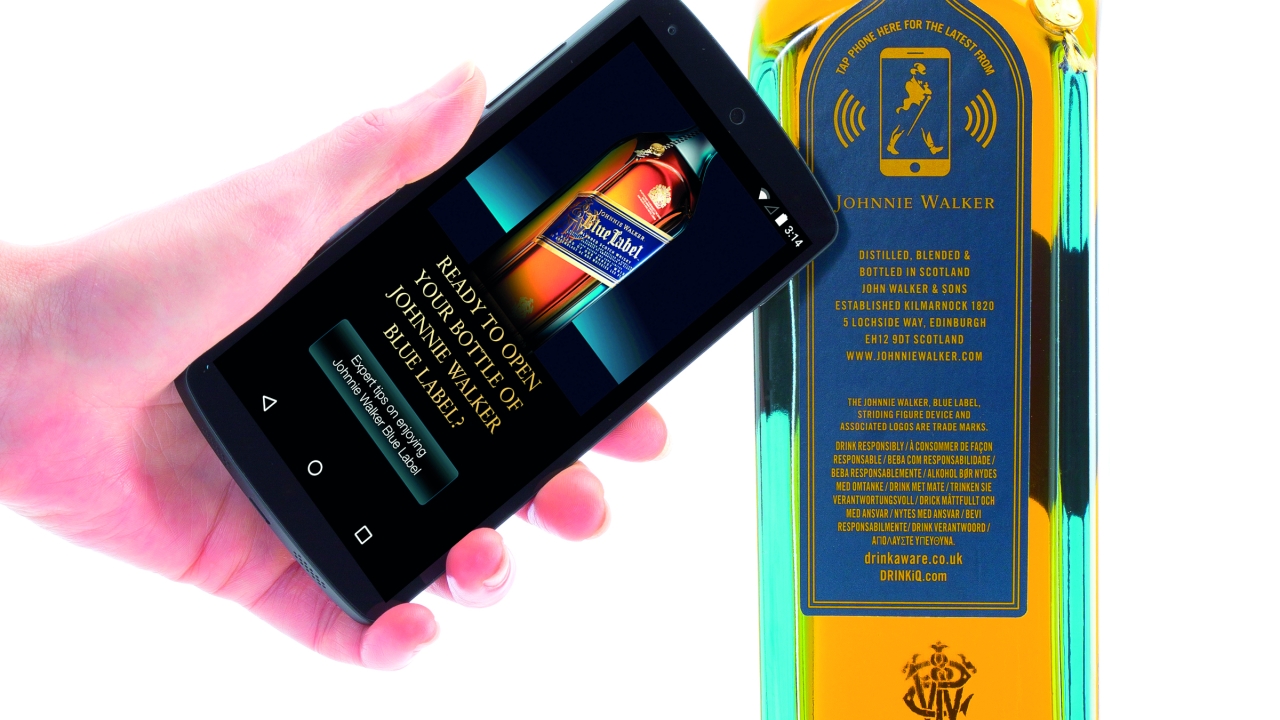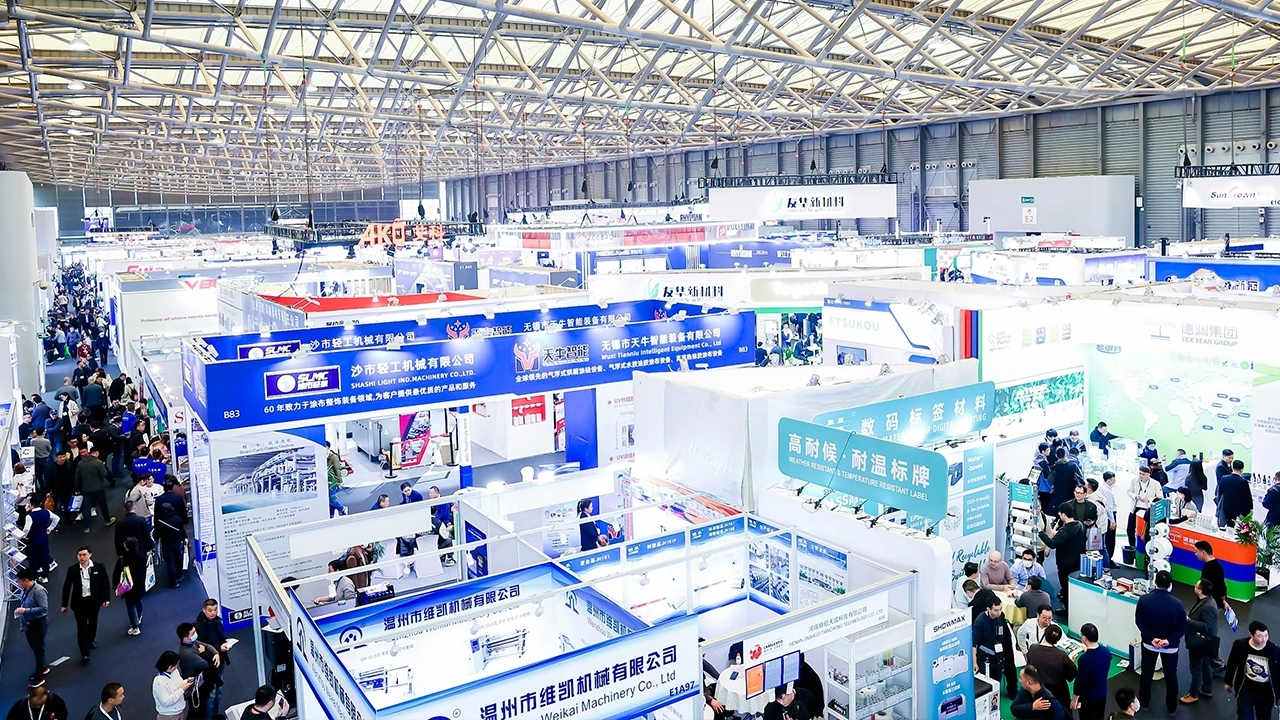AIPIA sees bright future for active and intelligent packaging

Active and intelligent packaging is a big market, with applications of different technologies and options in a number of segments.
Recent examples have included Selinko and Toppan Printing collaborating to launch a device allowing detection of any attempt to remove, tamper with or even pierce the cork of a wine bottle, using a sensor coupled with an RFID/NFC tag. The first customer, Domaine Emmanuel Rouget in Burgundy, has adopted the technology to protect its Grands Crus and Premiers Crus from counterfeiting by maintaining the integrity of the closure. And Northern Lights Spirits – a Finland-based distiller of handcrafted gin and vodka – is now distributing ‘smart’ bottles of its premium Kalevala Gin featuring Thinfilm’s NFC SpeedTap tags, which combine with cloud-based software to enable remote tag management, custom content delivery, and detailed analytics and reporting. Each SpeedTap tag is uniquely identifiable and virtually impossible to clone, and can be read with the simple tap of an NFC-enabled smartphone or device.
The Active & Intelligent Packaging Industry Association (AIPIA) is a trade body for the supply chain with the mission to cut costs, reduce waste and increase its members profitability by the implementation of hi-tech options in packaging; members include Avery Dennison, Esko, Hapa, Rolling Optics, Sun Chemical, Constantia Flexibles, Coveris, Rako, Reynders, Royston Labels, Zircon Technologies, Estee Lauder and Heineken.
Andrew Manly, AIPIA communications director, sees wine and spirits, along with pharmaceuticals, cosmetics and apparel, as key markets where active and intelligent packaging is currently having the greatest impact as they are where the unit price per item, ‘can justify applying the technology and the counterfeiting, theft and traceability problems they face are immediate and costly.
‘But, and it is a big but,’ he states, ‘the food sector is where active and intelligent packaging could and will have the biggest impact. It is already making a profound difference in food logistics, notably the cool supply chain where intelligent labeling and tracking systems can monitor the storage and transport regimes in real time. With so much emphasis on food waste and food security, it is clear that either the industry does something to clean up its act or the legislators will.
‘Food producers are already waking up to the potential active and intelligent packaging has in both this area and consumer engagement. That leaves the retailers, with some notable exceptions such as Macy’s in the US and Marks & Spencer in UK.’
Technologies
To meet this increasing demand, a growing number of suppliers offer products and technologies dedicated to the market. In labels, the one receiving the most adoption at present is RFID/NFC tagging, which Manly identifies as ‘a very ubiquitous product’ with some big players who are reaching out to established packaging suppliers, or who have been acquired by packaging companies; CCL has bought Checkpoint; Thinfilm is busy with several major packagers, such as Constantia and Beneli; Digimarc and Everythng have a project with Westrock; and Avery Dennison has recently invested 18 million GBP (22 million USD) in PragmatIC, a flexible electronics developer.
‘The reason NFC/RFID tags are getting more widely used is because they can offer a multiplicity of features. Just for the supply chain logistics element, the choices range from a simple, single use, temperature monitor attached as a label or device to the pallet, to a multi-use tracker with GPS that measures, time, temperature and even humidity. There are even more sophisticated systems that offer a points system via your smartphone to enable you to “score” whether the product is in the best condition or not. But looking at this more widely, one of the strengths of active and intelligent packaging is that it is quite simple to combine different technologies, for example an antimicrobial pad or coating with a condition monitoring label, to achieve the desired result; RFID tags in the apparel sector offer supply chain and warehouse monitoring, inventory control, in store stock management as well as being an anti-theft device.
‘Even the simple QR code is making a comeback now people are using it properly.’ This is being spurred on by the ‘incredible growth of smartphones’, which Manly says means consumers can be engaged in new and interesting ways, through on-pack labels or codes offering loyalty programs, special offers, recipes, allergy information. ‘They can have fun and, at the same time, offer valuable marketing insights back to the brand owner and retailer.’
The next generation
Manly is excited by the developments in printed electronics, which he foresees being integrated with 3D and digital printing when appropriate. ‘Printed electronics is very attractive to brand owners as it offers security, tamper evidence, customer engagement and valuable market statistic gathering capability, all in one product.
‘Personally, l have a soft spot for graphene and all things nano, as it is a truly incredible product and has so many beneficial characteristics. As someone who has defended packaging for 40 years l feel the whole nano issue has been overblown. The danger came from nano-particles in the product not the packaging. Nano Industries Association (NIA) did a study and found evidence of nano migration from the pack. I see great things and we are delighted to be involved with the NanoPack project.’
This three-year project is aimed at demonstrating, validating and testing food packaging products with antimicrobial surfaces based upon natural materials. NanoPack will address scientific, technological, economic, safety and regulatory challenges. Led by Technion – Israel Institute of Technology, NanoPack is funded as part of Horizon 2020, the EU framework program for research and innovation. Overall, AIPIA is involved with three EU funded projects under the Horizon 2020 program, to develop intelligent features for fiber-based packaging, antimicrobial nano-packaging and food packaging to extend shelf life, and how to break down barriers to adoption of these.
‘All could have implications for the labeling sector,’ notes Manly. ‘Indeed, one of the key areas of research is to improve the inks used in printed electronics as they are expensive and need to be very conductive. Also, the methods used for layering printed electronics can be slow and time consuming so there is a good deal of work going on to speed up that process. The ultimate goal is to be able to create a printed electronics device using an inkjet printer. Universities are already working hard on it. The key issues are cost and scalability. But, of course, is it reliable? Can it be integrated into an existing brand image or design? And does it provide a long-term benefit to my product?’
The market for active and intelligent packaging is global, although Europe and the US are where most activity is happening at present, with a density of population centers and complex supply chains making them ‘fertile ground’ for active and intelligent packaging.
For AIPIA and Manly, all predictions point to Asia being the biggest growth region for just about every aspect of the technology. ‘Japan was the first country to recognize the benefits of active and intelligent packaging, but its supply chain dynamics, with lots of little shops selling morning, day and evening goods, and the “quality” element of its packs, made the value proposition very different from western markets. There was also an issue with plastering everything with QR codes that did not take consumers to anywhere of interest; this saw the whole idea of active and intelligent packaging rather fell away.
‘Now the proposition is somewhat different, as it is China and India that have to cope with the biggest threat from counterfeits and it is a serious issue for wines, spirits, cosmetics and luxury brands.
In addition, the huge urbanization in these countries means that supply chains are becoming much more sophisticated and need many of the things active and intelligent packaging technology has to offer. But, of course that requires a desire to invest. China’s regulators are getting tough on food security issues so l see the whole region being one to watch for active and intelligent packaging.
‘By value, of course Europe and the US will be largest. But Asia will show the biggest growth.’
This article appears in L&L issue 2, 2017, and can be read online here
Stay up to date
Subscribe to the free Label News newsletter and receive the latest content every week. We'll never share your email address.


